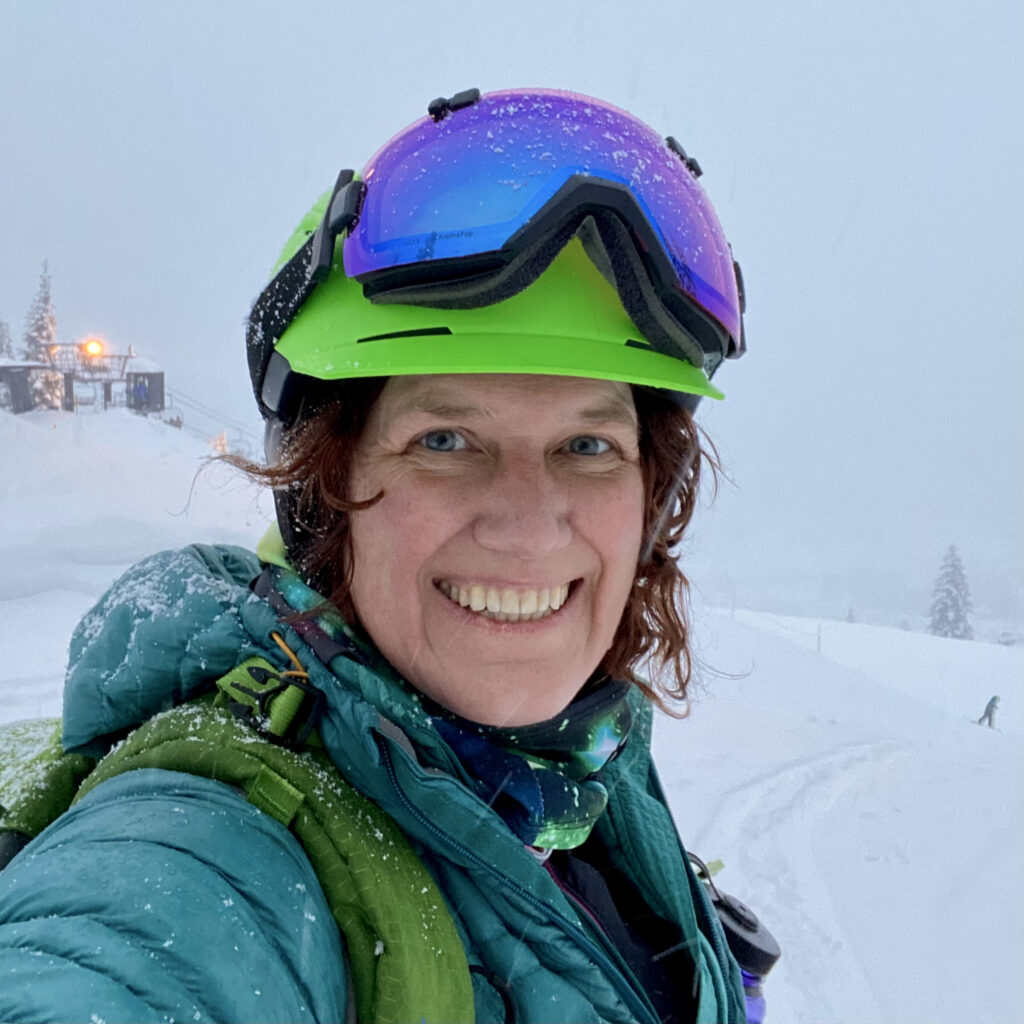Holistic RCA’s founder Katja Jacob has been involved in Risk Analysis and Root Cause Analysis for over 25 years. Katja has participated in and facilitated 100s of root cause analyses, risk assessments, equipment and process safety analyses. She has worked with Root Cause and Risk Analysis teams in industries such as Aerospace, Manufacturing, Construction, and the Chemical Industry.
Hazardous Focus on “Preventing Recurrence” and “that one Root Cause”
Katja soon noticed a tendency in teams to stay very linear and focused in RCA. She’s witnessed well-meaning facilitators remind teams, to “focus on finding that one root cause”, so we can prevent recurrence”, and has also regularly seen teams be discouraged to look at deeper connections – “in the interest of time”, and “That’s outside of the scope of this investigation”.

Unfortunately, such a focused approach often misses – and dismisses – connections and insights team members see during an RCA or RA. However – when insights don’t make it into the final report, they don’t make it into the awareness of the members of the organization and its leaders. “Out of Scope”. But is it really out of scope?
Mind the Gap
Look for a common gap between an organization’s motivation to perform Root Cause Analyses, and the deliverables RCA Teams pursue.
On one hand, an org’s motivation is often holistic. It might be – “Learn what happened, and why, identify ways to prevent future adverse events, and share these insights”.
On the other hand, teams tend to be focussed – “Find the root cause of what happened, and identify mitigations that prevent recurrence.”
Usually, there are good reasons for such gaps. The reasons are well-worth looking into – even, holistically.
Benefits of a Holistic Approach – Beyond preventing recurrence
Back to the missed connections – those connections and learnings, when used, tend to inform better mitigations, and lead toward a deeper understanding of the system as a whole. Moreover, you need this understanding for systemic improvement and successful innovation.
In light of this, Katja began steering Root Cause Analysis and Risk Analysis teams toward using a more holistic approach. As a matter of fact, there were immediate benefits. When teams are encouraged to explore interconnections and have the ability to effortlessly document a causal tree, it is easer for them to find the often complex reasons for adverse events. And this leads to a better understanding of the status quo of the system.
With this understanding and documentation, teams and organizations are then able to develop effective mitigations that go beyond “simply preventing recurrence”, and that are less likely to create unintended consequences. Effective holistic mitigations often have benefits beyond risk reduction, such as making a task easier to do, with positive impacts on training needs, productivity, safety, quality, and employee satisfaction.
Interested? Let’s talk.
Using the form below, please include a little bit of background, and a good way to reach you. Thank you!

Principal, Holistic Root Causes and Risk Analysis, LLC
So … What’s up with those mountain pictures?
From the Seattle area, you can see two massive mountain ranges: The Olympics and the Cascades. On a good day, you see between three and five active volcanoes: Rainier, Baker, Glacier Peak, if lucky, Adams, and St. Helens; and maybe you catch a glimpse of Hood and even Bachelor when hiking on a hill nearby.
I have learned a lot about Risk Management through hiking, climbing, backpacking, mushrooming, and backcountry skiing in these magnificent wilderness areas – highly complex environments. I am passionate about applying insights wherever they might be useful, no matter where they originate from.
Some of my mountain-derived learning came from reading books, observing and talking with people, reading avalanche and other accident reports. Other insights I’ve acquired more, uh, naturally – the hard way.
>>> Hint: Debrief. Especially when you mess up. Bring your Growth Mindset along, and learn as much as you can.
People from different walks of life have put thought into managing the very real risk of dying associated with spending time near and in these mountains. Since my first Avalanche Safety Training class in 2014, I have been impressed with the AIARE Risk Management Framework, and I apply its elements often – at work and at play.